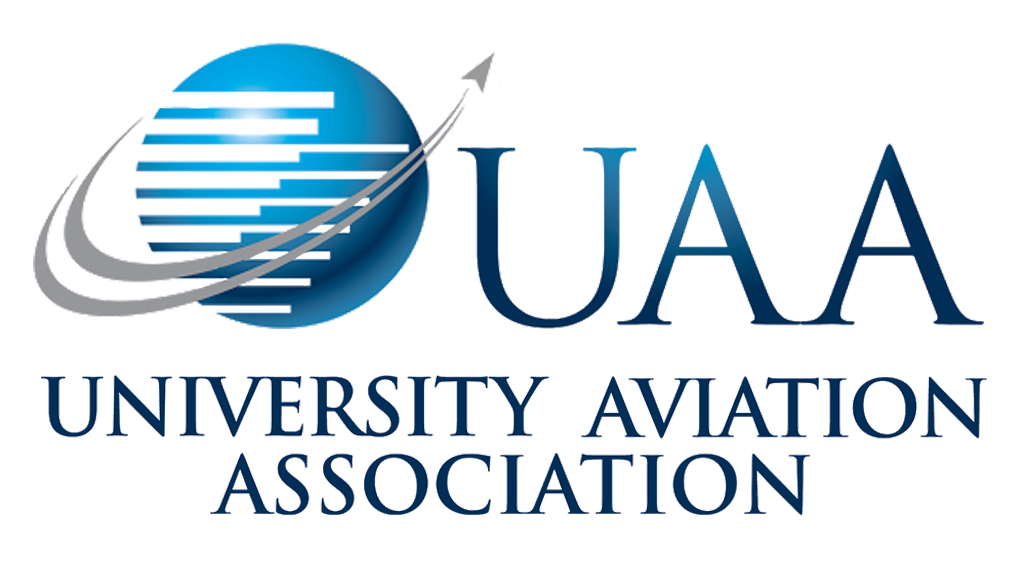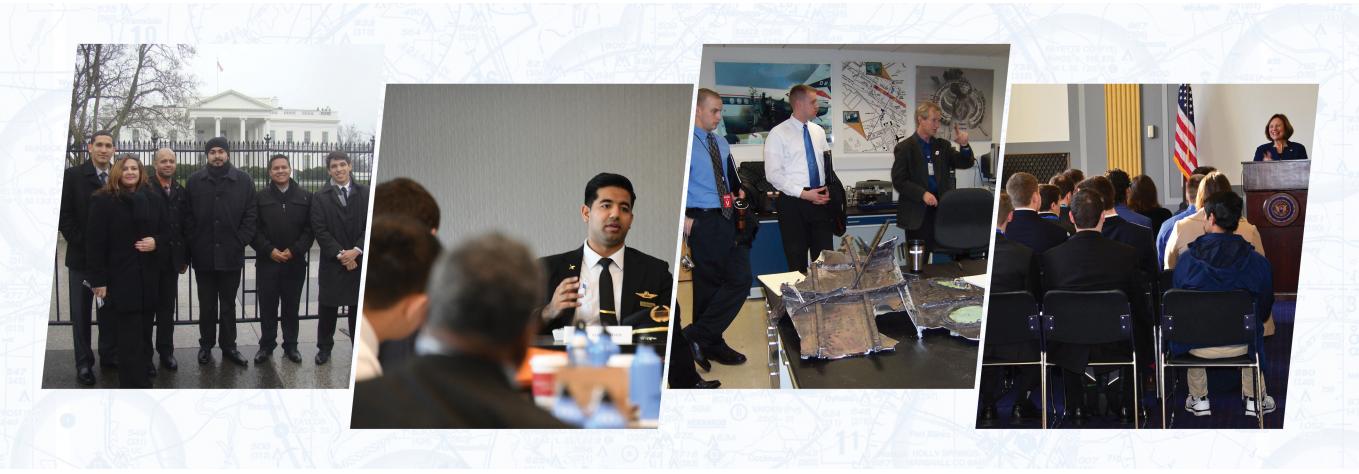Historical Timeline

2024
UAA headquarters moves to the 5050 Poplar Avenue, Suite 1503, in Memphis, TN
2022
UAA celebrates 75 years of service to the collegiate aviation industry at the Collegiate Aviation Conference & Expo in Colorado Springs, Colorado.
2021
UAA headquarters moves to the Millington-Memphis Airport, in Millington, TN.
2017
UAA celebrates 70 years of service to the collegiate aviation industry. UAA headquarters moves to Memphis, TN.
2011
The personnel-sharing arrangement between UAA and AABI concludes. UAA Memberships number in excess of 500. UAA Facebook page is launched. UAA creates Unmanned Aerial Systems Committee.
2010
Collegiate Aviation Review accepted by major indexing services.
2009
First Conference Proceedings on CD released.
2008
High School Membership category established.
2001
Gary Kiteley retires after 24 years of service to the organization. Carolyn Williamson is named as the first female Executive Director.
1998
The National Advisory Council, consisting of 22 representatives from a broad spectrum of the aviation industry, is formed to further enhance the relationship between the UAA and its corporate partners.
1997
UAA celebrates its 50th anniversary. FAA terminates Airway Science program.
1996
NIFA Council assumes all governance responsibilities for the National Intercollegiate Flying Association.
1993
National Business Aircraft Association collaborates with UAA in assembling an education and certification program, later implemented by the NBAA.
1992
First UAA Aviation Policy Seminar held in Washington, DC. CAA incorporated separately from UAA to oversee curricula standards and program accreditation.
1988
UAA conductssurvey of institutional members to determine if aviation education needs its own professional accreditation process, separate and distinct from government and FAA involvement. UAA establishes the Council on Aviation Accreditation (later renamed AABI).
1984
Corporate Membership category established.
1983
First Collegiate Aviation Review published.
1982
First edition published of the Collegiate Aviation Directory: A Guide to College Level Aviation / Aerospace Study. UAA hosts its first Aviation Career Seminar at the Experimental Aircraft Association Convention in Oshkosh, Wisconsin.
1981
Following a disastrous Air Traffic Controllers strike, the Federal Aviation Administration (FAA) contracts with the UAA for the development of a college and university curriculum targeting FAA managerial and technical occupations. The Airway Science curriculum, targeting five occupational areas: air traffic controllers, aviation safety inspectors (airworthiness and operations), aviation electronics specialists and airway computer specialists, is the result.
1980
Institutional Membership category established.
1977
Membership climbs above 175 individual members and total annual organizational budget is $5,000. Harold Wood retires as secretary after 21 years. UAA establishes the position of Executive Director filled by Gary Kiteley. UAA headquarters moves to Auburn University-owned airport in Auburn, Alabama.
1976
UAA releases the College Aviation Accreditation Guidelines, the first standards manual for college and university aviation programs. The guidelines are developed by the UAA Task force formed meeting in Wichita.
1974
UAA accreditation subcommittee surveys colleges and universities with aviation programs to identify currentpracticesandpotential need for curricula accreditation.
1973
UAA headquarters moved to Wichita, Kansas.
1957
UAA headquarters moved from Chicago to Cahokia, Illinois.
1956
NIFA members reject merger with the National Aeronautic Association (NAA) and vote to accept the UAA as sponsor. The UAA establishes a NIFA ad hoc committee. Raymond Mertes, who has served as secretary-treasurer of the Association since 1949, retires. He is replaced by Harold Wood of Parks College of Aeronautics and Technology at St. Louis University.
1955
UAA assumes judging responsibilities for NIFA Air Meet and establishes revolving fund for host schools.
1950
UAA sponsors three trophies for the National Intercollegiate Flying Association (NIFA) Air Meet, beginning relationship with NIFA. UAA annual meeting held in conjunction with NIFA Air Meet.
1949
Organization name changed to University Aviation Association (UAA) and headquarters office established at United Airlines School and College Service (UASCS) in Chicago, Illinois. Raymond Mertes of the UASCS elected secretary-treasurer, replacing Whittlesey.
1948
UAA (then NAUAAE) held their first Annual Meeting in conjunction with Denver Air Congress. Membership totaled 41, with $18.24 in expenses and a cash balance of $226.76. First organizational newsletter published under the name How Goes It? NAUAAE also adopts first mission statement: “It is believed that the work of the Association, conducted as it will be by leading educators of the United States, will be of basic and permanent benefit to aviation. A new generation of youth, graduating from the high schools and colleges each year, with a thorough grounding in and understanding of the airplane and its social, scientific, political, and economic influences upon living will, through the years, establish an informed public opinion on aviation which will go far toward eliminating many of the present day problems which beset the aviation industry and the national defense.”
1947
Originally the National Association of University Administrators of Aviation Education, NAUAAE organized in Denver, Colorado, in order to encourage and expand the growth and status of aviation education programs nationwide. Merlyn McLaughlin of the University of Denver was elected the first president. Edward Whittlesey, also of the University of Denver, was elected secretary-treasurer. Six representatives of the newly formed NAUAAE attend the United Nations Educational, Scientific, and Cultural Organization (UNESCO) conference in Mexico City to discuss the formation of similar organizations internationally.






